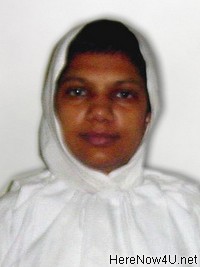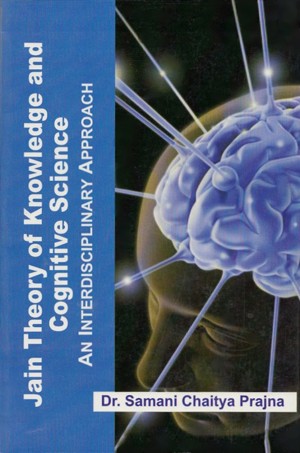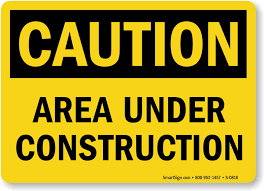3.4 Īhā (Speculation): Feature Analysis Stage
It is an apparent fact that as soon as there is contact of eyes with the object of sight, of ears with a sound or of any other sense organ with its correspondent object, it immediately leads to perception of object but if we think over it intensely, it comes to our understanding that the experience of sight, sound or taste by the senses is not an incident occurring instantly.
There is a gradual and step by step occurrence of perception. In the first instant, there is only a vague perception. After that, particular effort is made for the clarity of the cognition perceived by indeterminate cognition. This particular effort is known as speculation. This means that after sensation there arises speculation in the process of receiving cognition.[19]
It is the desire particularly to know the object or the meaning received by sensation is known as speculation. It is the part of cognition in which the knower makes attempts for the cognition of the particular natures, modes or states of the known object.
There is a tinch of doubt between apprehension or sensation and speculation. Suppose someone is fast asleep, he wakes up suddenly hearing some sound. With the awakening he realizes that he has heard some sound, but he does not know of what sound it is. He has to pass through the stage of doubt to decide what sound it was; whether it was the sound of a conch or of something else. After this doubt, he ponders that there was the pleasantness of a conch in the sound without any harshness. He therefore, concludes that it must be the sound of a conch.
This stage is similar to the second stage is feature analysis of the cognitive psychology. The most detailed description of the input is sent from the thalamus to primary visual cortex of the occipital cortex. Neurons there extract simple features, such as edges and angles from a single retinal image. Additionally, the two images combined to form a three dimensional representation. The processing input is continued in adjacent occipital, temporal and parietal regions where the results of the basic analyses on adjacent areas image are combined to form patterns that correspond to surfaces in the visual field. Similar is the case of all the objects sense organs.[20]
Thus, when the doubt arises; whether it was the sound of a conch or something else, it is decided that it must be the sound of a conch, it is known as speculation[21]. Because of the subtleness of time we may not clearly be conscious of speculation but the sequence of the cognition of the matter cannot be denied, antar-muhūrta (the time fraction between two instant and one instant less in 48 minutes) is the durational time of speculation. Speculation, analysis, testing, thinking, curiosity-all these words are synonyms.
 Samani Chaitya Pragya
Samani Chaitya Pragya

